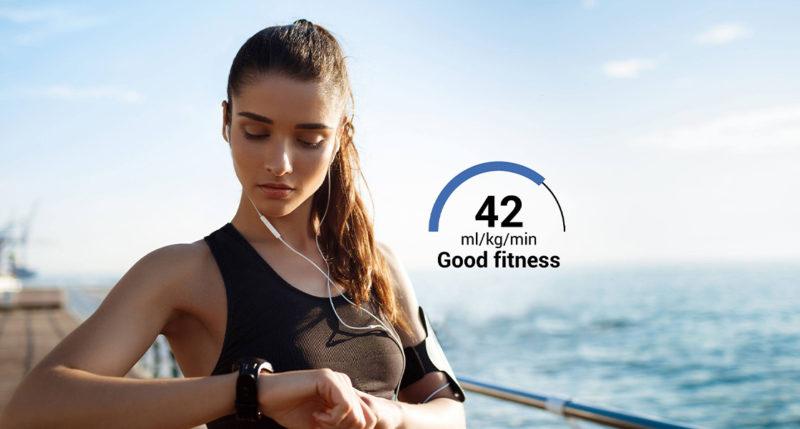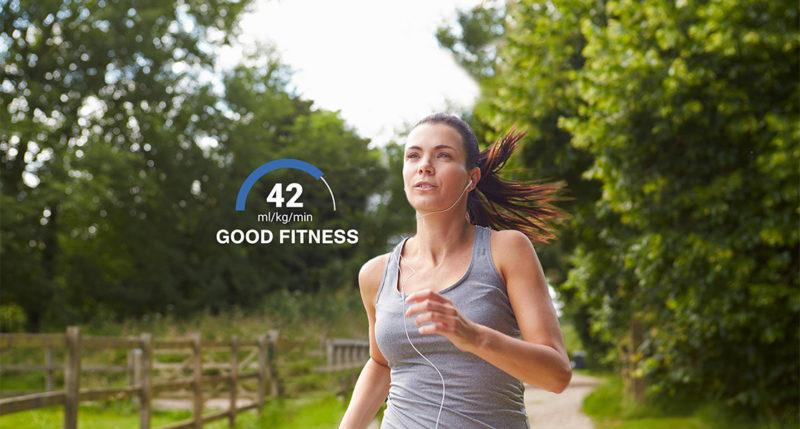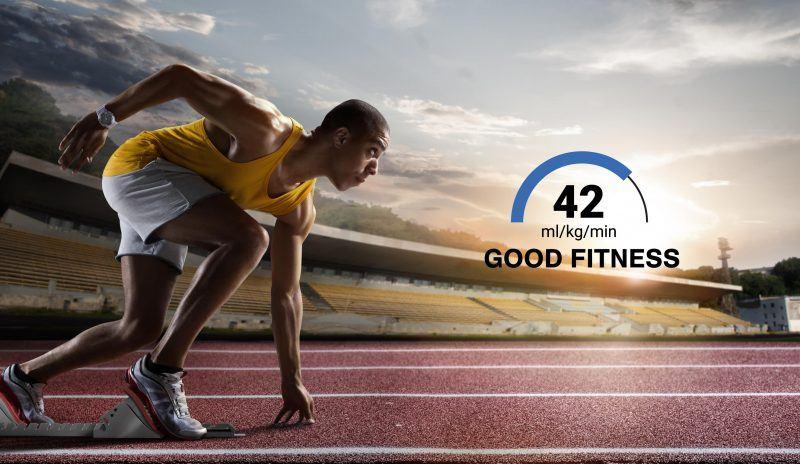
Physiology at Firstbeat
Limits of performance
VO2max represents the maximum volume of oxygen the body can consume in one minute. It is easily the most important metric of cardiorespiratory fitness. VO2max is a crucial factor for performance capacity. Sufficient VO2max is also associated with overall health and longevity.
Traditional VO2max measurements required a maximal exercise test and took place in a laboratory wherein respiratory gases are also analyzed. Other fitness test use different kind of fixed test protocols (submaximal or maximal exercise tests). Firstbeat’s VO2max algorithm takes fitness testing out of the laboratory and into the world. Data from real-life running, walking or cycling makes fitness testing easier, more affordable and more accessible.
Heart rate vs. speed relationship
Wearable technology devices make it possible to measure physical activity in exciting new ways. Combining sensor data for speed (GPS or pod) and HR allows us to estimate VO2max accurately. The Firstbeat algorithm analyzes the relationship between HR and exercise speed at multiple points during a training session. Error correction built into the algorithm ensures that only reliable and representative data from each session are incorporated into the fitness level estimation. Consequently, fitness levels can now be measured during every qualified training session when HR and speed data is available.
The Firstbeat analytic method makes it easy to see changes in fitness levels. These changes are used to adapt the training program and optimize training loads for faster progress. Successful training results in an improved fitness level (VO2max). In other words, VO2max estimation enables a person to see training efficiency in consistent terms. With 4-10 weeks of optimal training, a beginner can increase VO2max by 10-20%. Improvements become more difficult when VO2max is already high.
Firstbeat White Paper: Aerobic Fitness Level (VO₂max) Estimation

